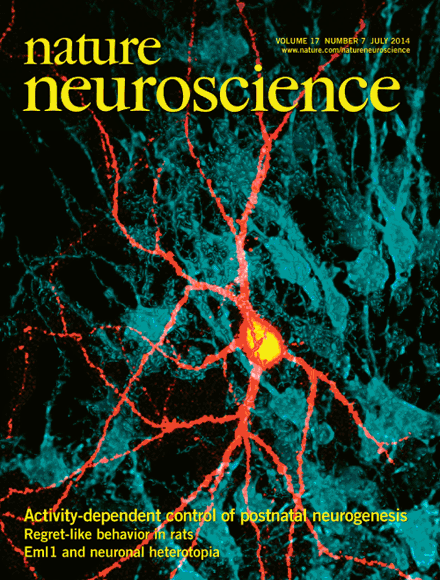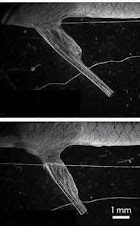Credit: Bill Saxton/NRAO/AUI/NSF
ANCHORAGE, ALASKA—Two large neighbors of our own
Milky Way galaxy—Andromeda (upper right) and Triangulum (lower
left)—experienced a close encounter in the distant
past. When they brushed past each other billions of years ago, cold
hydrogen gas was pulled out of the galaxies by their mutual gravity. The
faint radio
emission of the resulting hydrogen "bridge," the red material
stretching from Andromeda in the direction of Triangulum, was first
hypothesized based on
observations from a Dutch radio telescope in 2004 and has now been
mapped in detail by the Green Bank Telescope in West Virginia. The
bridge, described
here yesterday at the 220th meeting of the American Astronomical
Society, extends over hundreds of thousands of light-years, and the
hydrogen gas appears
to be clumped into clouds a few thousand light-years across. Next
time, the two galaxies may not be so lucky. Recent Hubble Space
Telescope observations
have revealed that Andromeda will collide and merge with our Milky
Way in a few billion years. By then, the smaller Triangulum galaxy may
have already
collided with either of its two larger neighbors. Ultimately, the
trio will meld into one giant elliptical galaxy, flinging stars and
planets in all
possible directions.
ScienceShot: Hydrogen 'Bridge' Connects Two Galaxies
ScienceShot: Hydrogen 'Bridge' Connects Two Galaxies


















































































